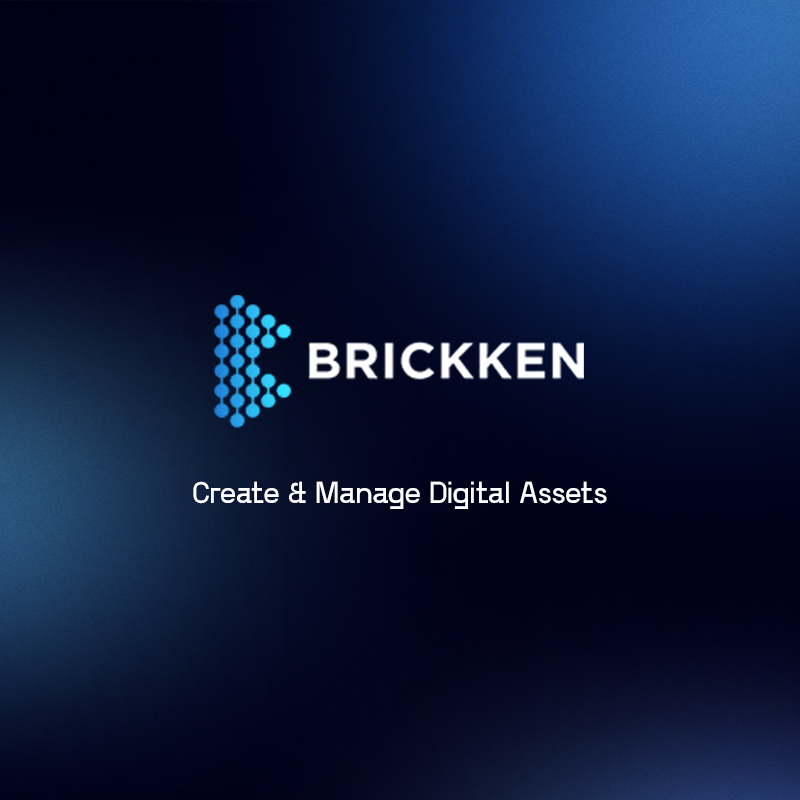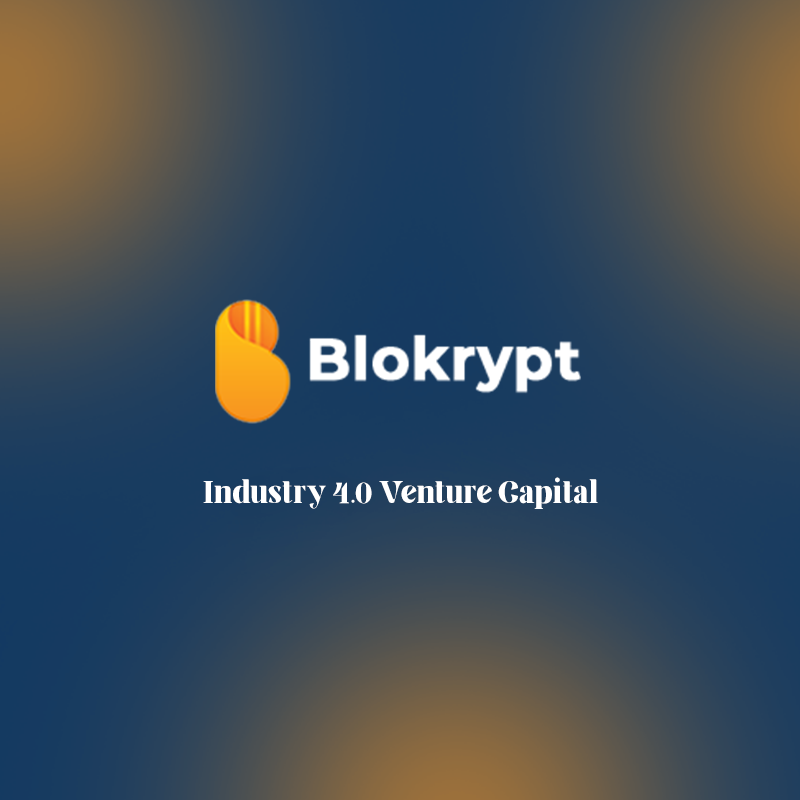
Real-World Asset Tokenization vs Traditional Models
In the ever-evolving landscape of finance, a revolutionary force is reshaping how we perceive and interact with assets: Real-World Asset Tokenization. This technological marvel stands in stark contrast to traditional models of asset ownership and investment. As we embark on this exploration, it’s essential to dissect the key distinctions between Real-World Asset Tokenization and traditional models. From liquidity to accessibility, efficiency to ownership structures, this comparative analysis aims to illuminate the transformative potential of tokenization and its implications for the future of finance.
Real-World Asset Tokenization: Redefining Liquidity and Accessibility
In the realm of liquidity and accessibility, Real-World Asset Tokenization emerges as a game-changer. Unlike traditional models, which often tether assets to physical locations and lengthy transaction processes, tokenization introduces unparalleled liquidity. Through blockchain technology, assets are transformed into digital tokens, unlocking the potential for continuous trading and fractional ownership. This newfound liquidity not only democratizes access to high-value assets but also dismantles barriers that have historically restricted entry into certain markets. In contrast, traditional models, bound by physical constraints, struggle to match the fluidity and inclusivity that tokenization offers.
Efficiency Unleashed: Smart Contracts vs Conventional Processes
The efficiency paradigm is where Real-World Asset Tokenization and traditional models stand worlds apart. At the core of tokenization’s efficiency lies smart contracts—self-executing contracts powered by blockchain. These contracts automate and streamline processes, eliminating the need for intermediaries and reducing the risk of errors or fraud. In contrast, traditional models rely on manual and often time-consuming procedures, involving multiple intermediaries, paperwork, and reconciliation. The efficiency gains achieved through tokenization not only accelerate transactions but also pave the way for cost savings and a more agile financial ecosystem.
Ownership Dynamics: Fractional Ownership vs Singular Possession
Real-World Asset Tokenization introduces a revolutionary concept in ownership—fractional ownership. In contrast to traditional models where ownership is often singular and exclusive, tokenization enables the division of assets into smaller, tradable units. This fractional ownership model democratizes investment opportunities, allowing a broader range of investors to participate in high-value assets. Traditional models, rooted in the idea of singular ownership, create barriers for those unable to bear the full cost of an asset. Tokenization, with its fractional ownership paradigm, challenges the exclusivity inherent in traditional ownership structures.
Navigating Global Frontiers: Borderless Capital Markets
The globalization of capital markets is a territory where Real-World Asset Tokenization has a distinct advantage. Blockchain’s decentralization breaks down geographical barriers, enabling assets to be traded seamlessly across borders. This borderless characteristic introduces a level of accessibility and diversification that traditional models struggle to replicate. Traditional models often grapple with complex regulatory frameworks and currency exchange issues when attempting to access international markets. Tokenization, operating on decentralized platforms, facilitates globalized capital flow, presenting investors with a borderless frontier to explore.
The Pillars of Trust: Transparency and Security
In the realm of trust, transparency, and security, Real-World Asset Tokenization and traditional models find themselves on divergent paths. Tokenization, built on the foundation of blockchain, offers unparalleled transparency. Every transaction is recorded on an immutable ledger, visible to all participants. This transparency not only enhances trust but also provides a robust audit trail. Additionally, the cryptographic nature of blockchain ensures the security of digital assets, protecting them from fraud and unauthorized access. In contrast, traditional models, reliant on centralized databases and intermediaries, may fall short in delivering the same level of transparency and security.
Conclusion: Navigating the Crossroads of Finance
As we stand at the crossroads of finance, the comparison between Real-World Asset Tokenization and traditional models reveals a seismic shift in the paradigm of asset ownership and investment. Tokenization, with its liquidity infusion, efficiency revolution, fractional ownership, globalized reach, and heightened transparency, emerges as a formidable contender to traditional models. Yet, acknowledging the strengths of both approaches is crucial. Traditional models, with their established frameworks, familiarity, and regulatory adherence, continue to play a significant role.
The road ahead is not a choice between one and the other but a navigation of the synergies that can propel finance into a new era. Real-World Asset Tokenization, with its disruptive potential, requires thoughtful integration into existing financial systems. It’s a call for collaboration, adaptation, and a collective embrace of the future. As the financial landscape undergoes this transformative journey, the synthesis of the best elements from both tokenization and traditional models will likely pave the way for a more robust, inclusive, and dynamic financial ecosystem.
About the Author:
Tech Entrepreneur and Digital Systems Engineer
Yassir's entrepreneurial journey began at 16yo (2013) in Meknès-Morocco 🇲🇦, diving into freelancing in the worlds of web development, data science, digital marketing, and growth hacking. In 2020, Yassir co-founded Brickken in Barcelona-Spain 🇪🇸, the leading Real-World Assets (RWA) tokenization and digital assets management software suite. Armed with a background in Digital Systems Engineering (ENSEM Nancy-France 🇫🇷) and a Master's in Innovation and Research in Informatics (FIB-UPC Barcelona-Spain 🇪🇸), Yassir have been a perpetual innovator. From crafting ecommerce stores to developing mobile apps, founding a growth marketing agency in Nancy-France 🇫🇷, to diving into web3, RPA, AI, and ML solutions, Yassir's journey reflects a commitment to pushing tech innovation boundaries.
My Services
I support Tech Founders in building marketing systems, AI business processes automation systems, tokenomics systems, and software MVPs.










Previously built and worked with innovative global companies in 🇫🇷 🇪🇸 🇰🇷 🇧🇪 🇺🇸 🇩🇪 🇬🇧
RWA Tokenization & Digital Assets Management
With a commitment to revolutionizing the way we perceive and interact with tangible assets, Brickken employs the blockchain and tokenization technologies, to bring about a paradigm shift in asset management. In 2023, Brickken's technology has been used to tokenize over $200M worth of real-world assets in 11 different countries.
Decentralized I4.0 early-stage Venture Capital
Blokrypt Ventures empowers and backs early-stage startups operating at the forefront of the RPA, AI, Web3, and Cybersecurity sectors, fostering a blockchain-powered ecosystem where liquidity fuels innovation, setting new standards for the future of venture capital.




